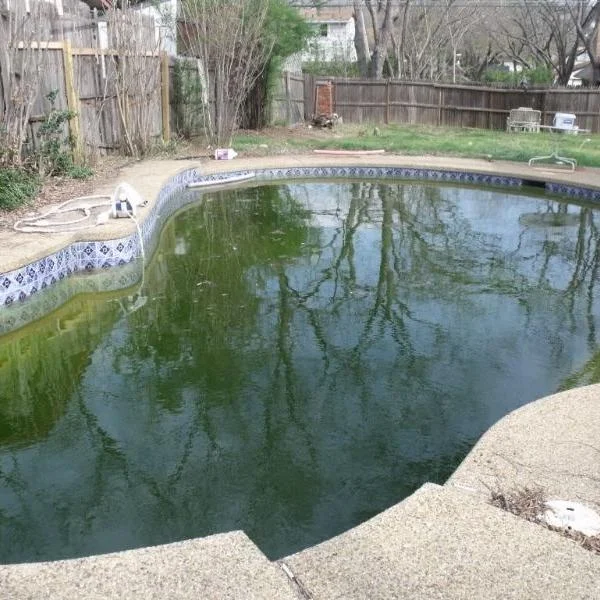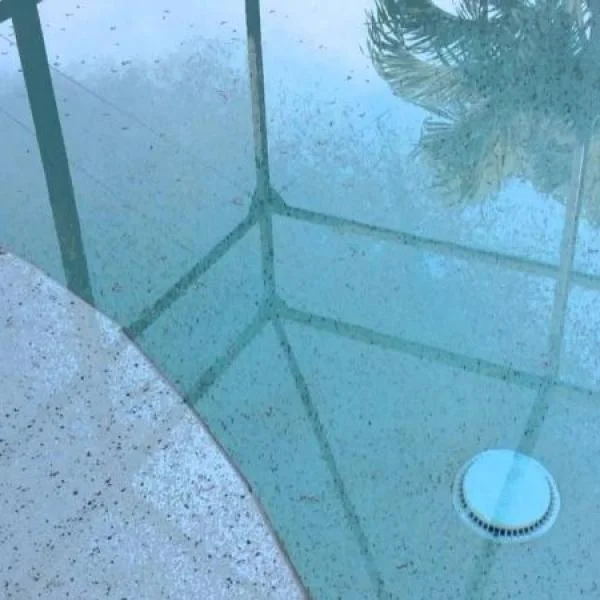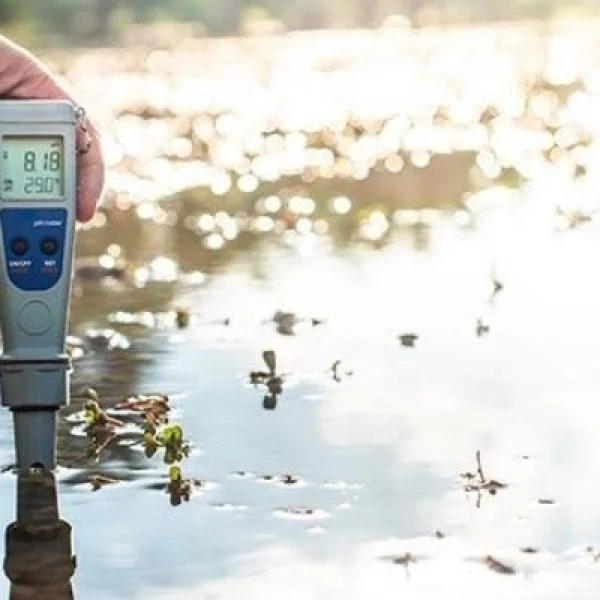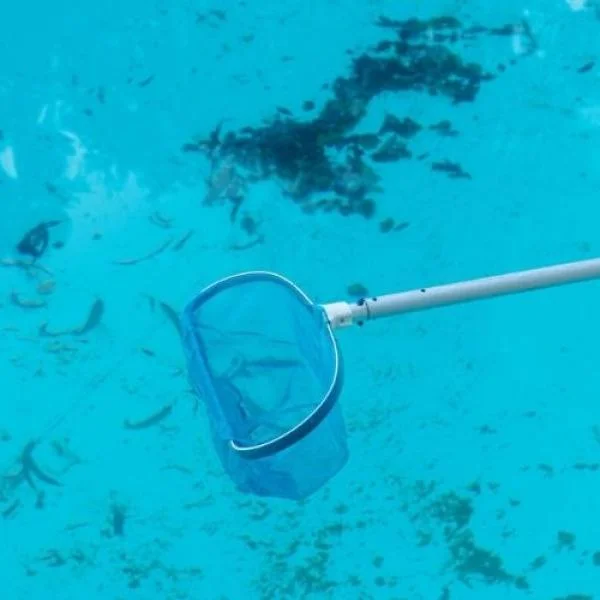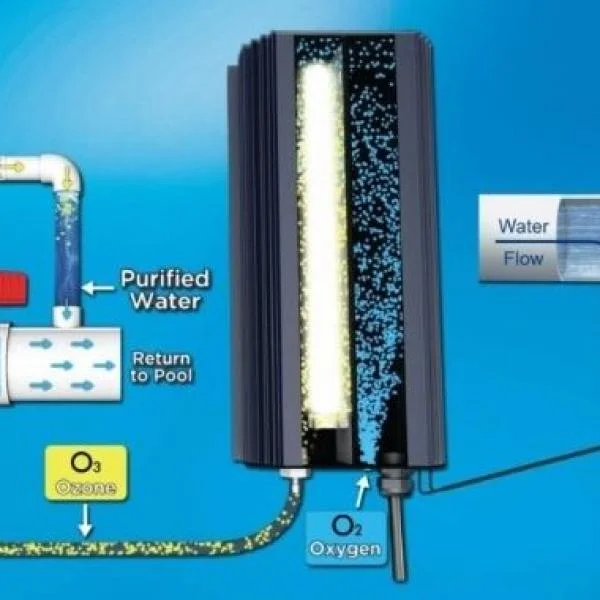
Swimming pools are a fantastic addition to any home, providing a space for exercise, relaxation, and family fun. However, maintaining a clean and safe pool requires a good understanding of pool chemicals and regular maintenance. In this comprehensive guide, we'll dive deep into the world of pool chemicals, exploring what they are, why they're essential, and how to use them effectively.
Pool Chemistry Simplified
Pool chemicals are essential for maintaining water quality and safety in your swimming pool. They serve multiple purposes, including preventing the growth of harmful bacteria and algae, balancing the water's pH levels, and ensuring a comfortable and safe swimming experience. Let's explore in detail the most important pool chemicals you need to know about:
1. Chlorine: The effective sanitizer
Chlorine is the most widely used and essential pool chemical. It acts as a powerful sanitizer, effectively killing harmful bacteria and preventing algae growth. When water reacts with chlorine, it forms hypochlorous acid, which is the compound responsible for fighting bacteria.
Key points about chlorine:
- Ideal chlorine levels: 1-3 parts per million (ppm)
- Available forms: tablets, granules, and liquid
- Functions: sanitizes water, kills bacteria, prevents algae growth
Chlorine tablets are the easiest and most popular option for residential pools. They are placed in a dispenser that floats in the pool, allowing the chlorine to slowly disperse into the water over an extended period. Granular chlorine can be added directly to the water, but it's recommended to mix it with water first to form a solution before distributing it into the pool. Liquid chlorine is primarily used for industrial swimming pools where a substantial amount is required.
It's important to note that the "pool smell" often associated with chlorine is actually caused by chloramines, which are formed when chlorine reacts with organic matter such as skin oils and sweat. This smell indicates that more chlorine is needed, not less.
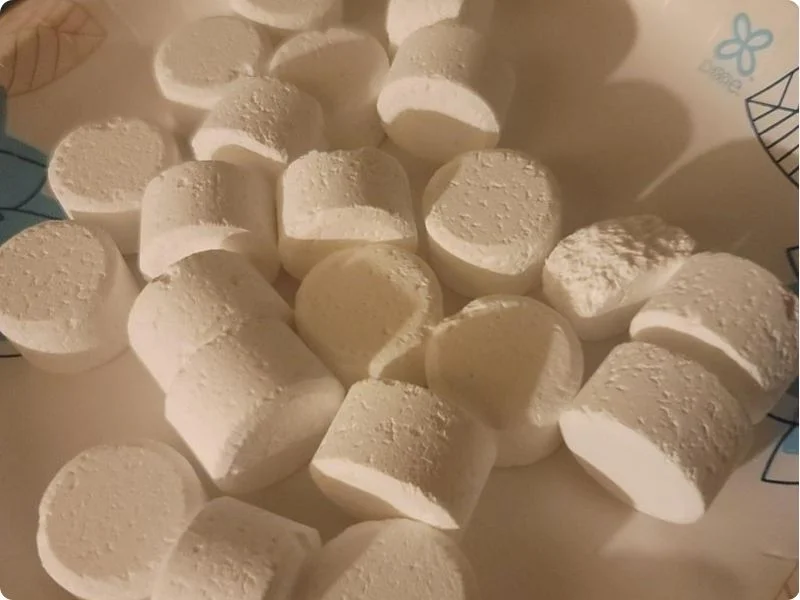
Chlorine tablets are the easiest and most popular option for residential pools
2. Bromine: An substitute Sanitizer
Bromine is an alternative to chlorine, often used in hot tubs or heated pools. It's gentler on the skin and eyes and works better in higher pH and temperature conditions. While bromine is slightly more expensive than chlorine, it has some unique advantages.
Key points about bromine:
- Ideal bromine levels: 2.5-4 ppm for swimming pools
- Best for: hot tubs and heated pools
- Advantages: less skin and eye irritation, more stable in warm water, less susceptible to evaporation
Bromine tablets dissolve at a slower rate than chlorine tablets, which is an important factor to consider when balancing and testing your pool water. Like chlorine, bromine is available in different forms, but tablets are generally recommended for ease of use.

Bromine often used in hot tubs or heated pools
3. pH Balancers
Maintaining the correct pH level is crucial for pool water balance. pH is a measure of how acidic or basic your pool water is, on a scale of 0-14. A pH of 7 corresponds to a neutral solution, with acidic solutions having a pH less than 7 and basic (or alkaline) solutions exhibiting a pH greater than 7.
pH balancers come in two types:
- pH increasers (e.g., soda ash/sodium carbonate): Used to raise pH and increase alkalinity
- pH reducers (e.g., muriatic acid, sodium bisulfate): Used to lower pH and decrease alkalinity
Ideal pH range: 7.4-7.6
Balanced pH is critical because it allows chlorine to work effectively and keeps swimmers comfortable. If pH is too low (acidic), it can lead to eye and skin irritation, as well as corrosion of pool equipment and surfaces. If pH is too high (basic), it can reduce chlorine effectiveness, cause cloudy water, and lead to scale formation on pool surfaces and equipment.
4. Alkalinity Adjusters
Total Alkalinity (TA) acts as a buffer for pH levels, helping to prevent rapid pH fluctuations. Think of TA as a "pH buffer." Adjusting TA helps stabilize pH and maintain overall water balance.
Key points about alkalinity:
- Ideal TA range: 80-120 ppm
- Alkalinity enhancers: sodium bicarbonate (baking soda).
- Alkalinity reducers: often the same as pH reducers (e.g., sodium bisulfate, muriatic acid)
Low TA levels can cause rapid pH fluctuations, while high TA levels can make pH levels difficult to adjust. It's important to adjust TA first before addressing pH issues, as changes in TA will affect pH levels.
5. Calcium Hardness Adjusters
The level of calcium hardness indicates the amount of calcium dissolved in your pool water. Proper calcium levels are important to prevent damage to pool surfaces and equipment. If calcium levels are too low, water can become corrosive and damage pool surfaces. If levels are too high, it can lead to scale formation and cloudy water.
Calcium chloride is commonly used to increase hardness levels when needed.
Ideal calcium hardness ranges:
- Fiberglass or vinyl liner pools: 175-225 ppm
- Concrete or plaster pools: 200-275 ppm
If calcium hardness becomes too high, there are no quick-fix chemical solutions. In severe cases, the pool may need to be partially drained, replenished with fresh water, and then rebalanced.
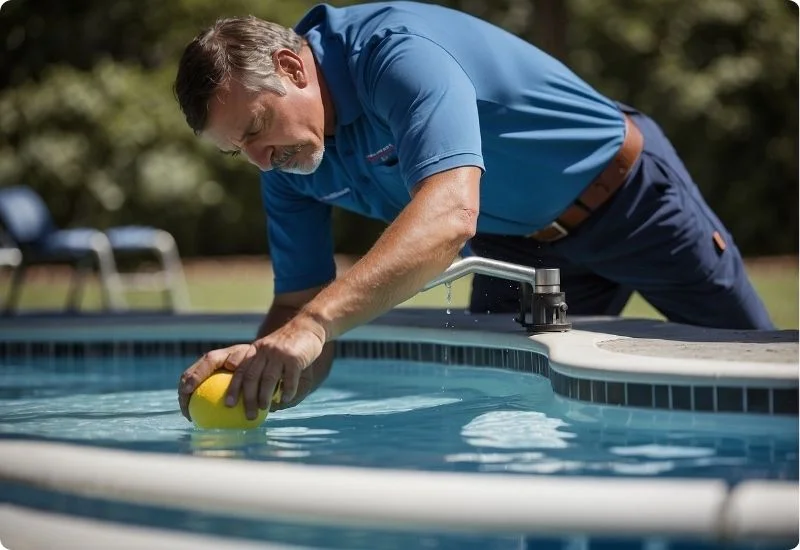
Calcium chloride is commonly used to increase hardness levels
6. Shock Treatments
Shock treatments are highly concentrated sanitizers used to quickly eliminate contaminants, oxidize organic matter, and restore water clarity. They can be chlorine-based or non-chlorine (MPS - sodium monopersulfate).
Shocking a pool involves "unbinding" or oxidizing inactive chlorine (chloramines). This process, also known as superchlorination, helps kill all bacteria and sanitizer byproducts.
When to use shock treatments:
- After heavy pool use
- When reopening the pool after a period of inactivity
- To combat algae growth
- When the chlorine level is reduced.
- Typically once a week or every two weeks, depending on pool usage
After shocking a pool, it's important to wait until chlorine levels return to normal (1-3 ppm) before swimming.
7. Cyanuric Acid (as an Chlorine Stabilizer)
Cyanuric acid, also known as pool conditioner or stabilizer, protects chlorine from UV rays, helping it last longer in outdoor pools exposed to sunlight. It acts as a "sunscreen" for chlorine, slowing down its decomposition due to UV exposure.
Main points about cyanuric acid:
- Keeps maintain chlorine levels in outdoor pools
- Not typically necessary for indoor pools
- Ideal levels depend on pool type and usage, but generally should not exceed 50 ppm
- Some chlorine products come along with cyanuric acid added
While cyanuric acid is beneficial, too much can reduce chlorine's effectiveness. It's important to maintain the right balance and regularly test cyanuric acid levels along with other pool chemicals.
8. Algaecides
Algaecides are chemicals used to prevent and combat algae growth in your pool. They're often used as a preventive measure alongside regular chlorine treatments. Many algaecides are copper-based and work by creating a polymer barrier that prevents algae from forming.
Algaecides are typically added after shocking the pool to prevent algae from returning. It's important to use algaecides as directed, as overuse can lead to staining of pool surfaces or water discoloration.
9. Clarifiers and Flocculants
Clarifiers and flocculants are used to improve water clarity by removing small particles that can make water appear cloudy.
Clarifiers:
- Work by coagulating small particles, making them large enough to be trapped by the pool filter
- Can be made of various chemicals, including ammonium chloride, crab shell extracts, and enzymes
- Are added directly to the pool water and work continuously through the filtration system
Flocculants:
- Similar to clarifiers but work differently
- Bind particles together and sink them to the pool floor for vacuuming
- Require the filter to be off for 8-12 hours while working
- Need to be vacuumed out after use
Both clarifiers and flocculants can be effective in improving water clarity, but they work best when used in conjunction with proper filtration and regular pool maintenance.
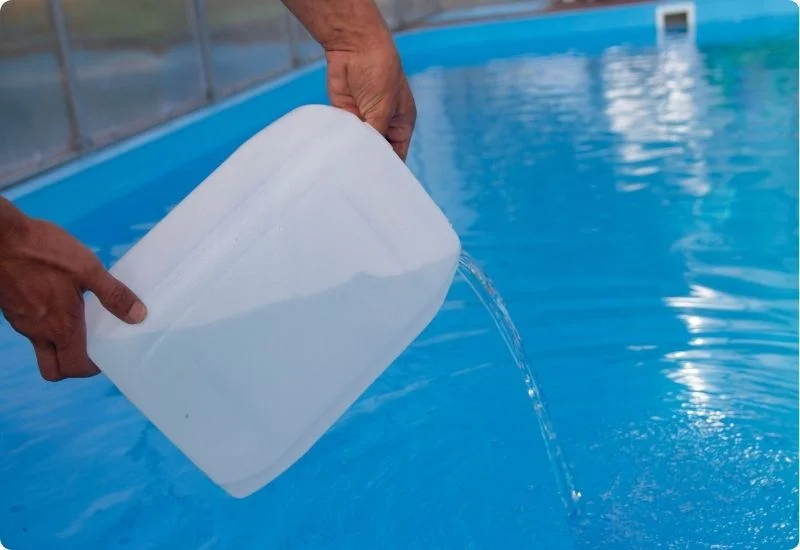
Flocculants need to be vacuumed out after use
How to Check Pool Chemicals
Regular testing is crucial for maintaining proper chemical balance. Here's how to check your pool chemicals:
- Use test strips or a liquid test kit to check levels 2-3 times per week.
- Carefully read and follow all instructions included with your testing kit.
- Examine the following key parameters:
- Chlorine or bromine levels
- pH
- Total Alkalinity
- Calcium hardness
- Cyanuric acid (if applicable)
How to Adjust Pool Chemicals Based on Test Strip Results
After testing, you may need to adjust your pool chemicals. Here's a general guide:
- Adjust Total Alkalinity first, as it affects pH stability.
- Adjust pH levels next.
- Address sanitizer levels (chlorine or bromine).
- Adjust calcium hardness if required.
- Add algaecide or clarifier as needed.
Remember to make small adjustments and retest before adding more chemicals.
Pool Chemicals Maintenance: Best Practices
Maintaining your pool chemicals properly ensures a safe and enjoyable swimming environment. Follow these best practices:
- Test water regularly (2-3 times per week).
- Keep chemicals properly stored and labeled.
- Add chemicals in the correct order (TA, pH, sanitizer, others).
- Shock your swimming pool regularly, especially after it has been used heavily.
- Keep the water circulating and filtered properly
- Brush and vacuum your pool regularly to prevent algae growth.
- Keep detailed records of chemical readings and adjustments.
Safety Considerations When Handling Pool Chemicals
Pool chemicals can pose serious risks if not handled correctly. To ensure your safety, always adhere to these essential guidelines:
- All label instructions must be read and followed carefully.
- Protective gear, such as gloves and goggles, must always be worn when handling chemicals.
- Keep chemicals separate.
- Store chemicals in a cool, dry location that is shielded from direct sunlight.
- Keep all chemicals away from children and pets to prevent accidents.
- Empty containers must be disposed of properly as per local regulations.
Conclusion
Understanding pool chemicals is essential for maintaining a safe and clean swimming environment. Regular testing, proper chemical balance, and consistent maintenance will ensure your pool remains a source of enjoyment for years to come. By following the guidelines in this article, you'll be well-equipped to handle your pool's chemical needs and provide a pristine swimming experience for your family and guests.
Remember, if you're ever unsure about your pool's chemical balance or maintenance needs, don't hesitate to consult with a professional pool service. They can provide expert advice and help you develop a maintenance routine tailored to your specific pool and climate conditions.
Related Articles
Beyond the Surface: Understanding and Preventing Pool Contamination
Swimming pools are a source of joy and relaxation for millions of people worldwide. However, they ...
Weathering the Storm: Protecting Your Pool After Rain
Rain can be a refreshing change from scorching summer days, but it can also wreak havoc on your ...
Beyond the Surface: A Deep Dive into Water Parameters
Water quality is a crucial aspect of environmental science, public health, and various industries. ...
The Natural Way to Clean Pool Without Chemicals
Maintaining a clean and inviting swimming pool is essential for both enjoyment and health. While ...
Silver Ion Water Treatment: The Future of Clean Water Technology
In the quest for pure, safe water, silver ion water treatment has emerged as a revolutionary ...
The Science Behind Silver Ions: A Powerful Antimicrobial Agent
Silver ions have emerged as a powerful tool in the fight against harmful microorganisms. This ...

